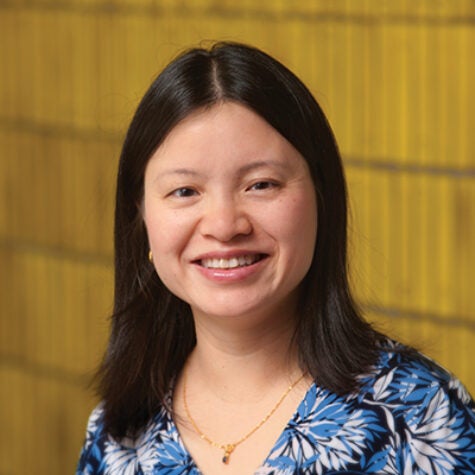Environmentally Responsive and Energy Efficient Building Skins
Residential and commercial buildings account for nearly 40% of total energy consumption in the U.S., which includes 72% of the nation’s electricity use and 39% of carbon dioxide emissions each year due to heating, cooling and lighting. There has been tremendous interest in economizing energy uses in buildings through house roofing, skylights and architectural windows. For example, smart windows that respond to sunlight have been developed. Current regulations and strategies, however, focus on the static properties of building materials or their interaction with responsive lighting and mechanical systems.
This project will develop a responsive and light-reflective building skin. Light reflected or transmitted through the skin can be modulated and (re)configured in response to local changes in solar radiance, lighting and heat. By embedding the modularized optical components and actuators on a kirigami template that can open, close and change shape via strategically placed cuts and creases. Compared to conventional origami, which often involves highly intricate folds, wedges and pleats that effectively “remove” materials, cutting in kirigami minimizes waste, weight and energy consumption. Our kirigami skin is a platform technology, suited to new and existing constructions, including windows, building wraps, façades or exterior walls. If successful, our technology should improve a building’s sustainability, and thus strengthen U.S. energy security.
Grant Result
In the heavily regulated building sector, innovative materials face a major disadvantage: building codes. For this reason, and because climate change can’t wait, Shu Yang is using approved materials in new ways to bring her self-cooling building skins to market.
